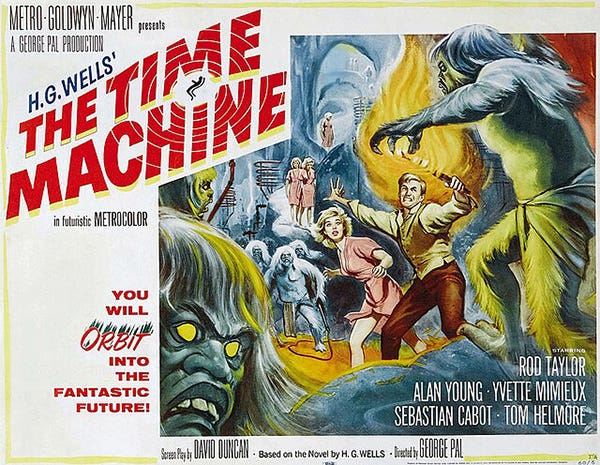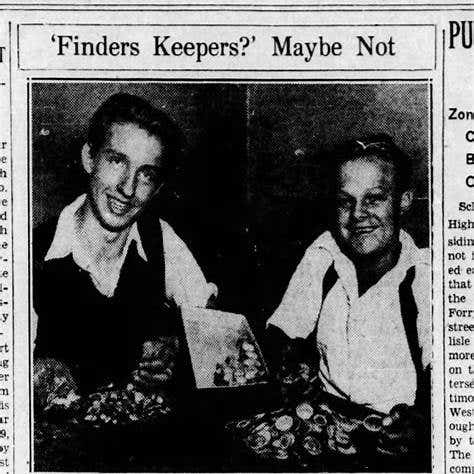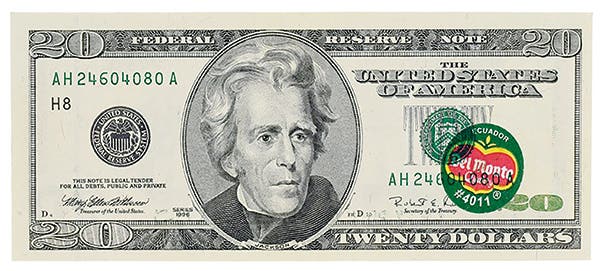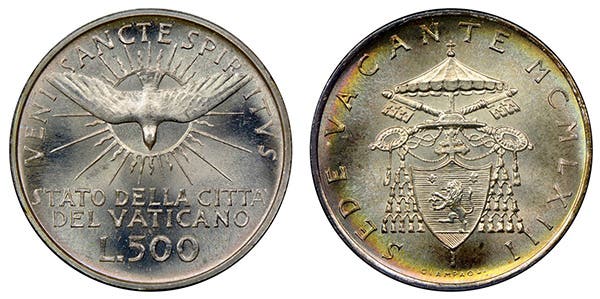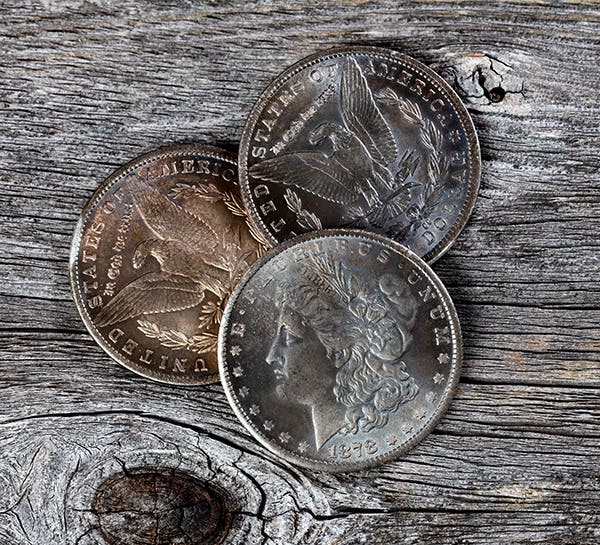Viewpoint: Exhibits serve as entrée into hobby
By Dr. Patrick Curran Most coin clubs, be they large or small, have received tax exempt status because of their educational purpose or efforts. This aim may be achieved in…
By Dr. Patrick Curran
Most coin clubs, be they large or small, have received tax exempt status because of their educational purpose or efforts. This aim may be achieved in many ways, but one of the most popular is by including some type of coin or numismatic exhibit at their meetings or shows.
While many people think of numismatics as just coin collecting (one cent from every year and mint), we know that it includes more than just coins. Currency, medals, tokens and combinations thereof all fall under that umbrella. And there are many ways of collecting these numismatic objects. For example, at the Texas Numismatic Association and other shows, I have seen exhibits that have included coins and paper money all illustrating a particular topic like trains or flowers. Other exhibits have been built around famous people like Lincoln, and they could include not only coins and paper money showing his image, but containing commemorative medals as well.
We all know that our hobby has lost favor with many young people because the rise of the price of silver and gold has increased the cost of collecting many coins, but once we get away from the old style of collecting complete sets by date, we can present new numismatic avenues that are affordable to most people. For example, by going through dealers’ “junk boxes” at a show, one could pick up small-value coins from many of the countries in the world. That could be a nice collection.
While large organizations like the TNA have a show exhibit chairman, whose job it is to encourage the members to exhibit at the TNA Show, other clubs should do the same. Only by showing the various ways of collecting can we hope to encourage new people to begin collecting and grow the hobby.
Once a club has decided to encourage the members to exhibit, classes of the types of exhibits should be set up. Usually the division is into coins, paper money, etc. In clubs with large memberships, the divisions are increased to ancient and modern Each club must decide this own based on the material to be exhibited.
One big encouragement to exhibit is to award prizes to the best display in each category. This is best done by having a panel of knowledgeable numismatists view and rate each exhibit using a standard grading sheet. Currently, at most large shows, the judges use a grading system developed by the American Numismatic Association. This ANA grading system is based on 10 elements, each of which have a percentage of grading points totaling 100 points. This scale was designed by the ANA for its professional shows. The exhibits at their shows are prepared by advance collectors to be seen and judged by other advance collectors.
However, when it comes to shows run by smaller clubs, or even large organizations like the TNA, if the primary purpose is to educate the public about the hobby in general, some of the basic standards for rating in each element really do not fit. Let’s take each element:
Title And Scope: This is fine as it is.
Basic Numismatic Information: This section as it stands calls for information that the public viewer may not be interested in (like mintage figures). This element could be combined with the next element.
Special Numismatic Information: As stated, this is general information that any viewer would want to know.
Creativity and Originality: Good element for all types of shows.
Attractiveness: Again, good for all types of shows.
Balance: No need to change.
Completeness: Does the material in the exhibit support the title and scope of the exhibit?
Degree of Difficulty: Should be combined with the next element.
Condition: The exhibitor should state about the availability of the material in the exhibit.
Rarity: Combined in the previous element.
With those points considered, I suggest a new rating scale for judging exhibits and coin shows that stress general knowledge about the hobby.
Rating Sheet for Educational Numismatic Exhibits
Title and Scope (5 points): The title should be obvious, and the statement should tell what the exhibitor intends to show.
Numismatic Information (25 points): Each piece of the exhibit should tell its part in the story of the exhibit. The more complete, the better.
Creativity and Originality (10 points): The exhibit should be novel and imaginative.
Attractiveness (10 points): The exhibit should be neat, well-designed and eye-catching. The color scheme should be pleasing. Text should be sharp and easy to read.
Balance (10 points): The numismatic items, the information and related materials should be balanced in telling the exhibit’s scope.
Completeness (15 points): Is there enough material in the exhibit to tell the full story of the title and its scope?
Difficulty to Complete (15 points): Is the material in the exhibit easy to obtain, how much effort went into assembling and producing the exhibit?
Success: (10 points): Did the viewer learn from the exhibit what it was supposed to show?
I do believe that if this rating sheet was published along with the call for exhibits, a club or show would get more results.
This “Viewpoint” was written by Dr. Patrick Curran, president of the Greater New Bedford, Mass., Coin Club and life member of the International Coin Club of El Paso. His exhibits have won many awards at local and Texas Numismatic Association shows.
Viewpoint is a forum for the expression of opinion on a variety of numismatic subjects. To have your opinion considered for Viewpoint, write to David C. Harper, Editor, Numismatic News, 700 E. State St., Iola, WI 54990. Send email to david.harper@fwmedia.com.
This article was originally printed in Numismatic News. >> Subscribe today.
More Collecting Resources
• More than 600 issuing locations are represented in the Standard Catalog of World Coins, 1701-1800 .
• Start becoming a coin collector today with this popular course, Coin Collecting 101.



